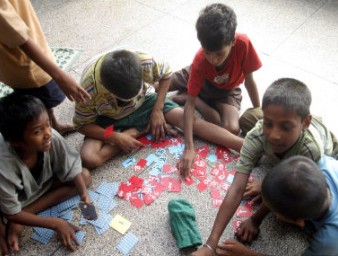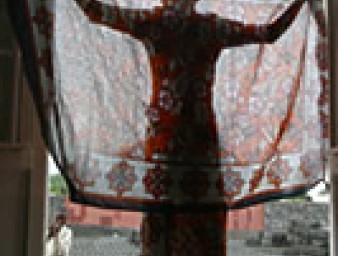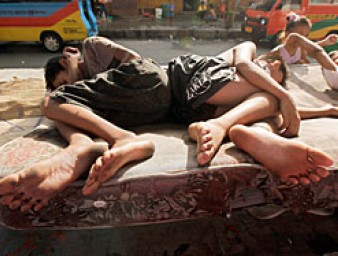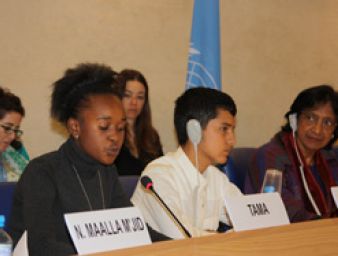Seeking justice for children during and after armed conflict
07 October 2011
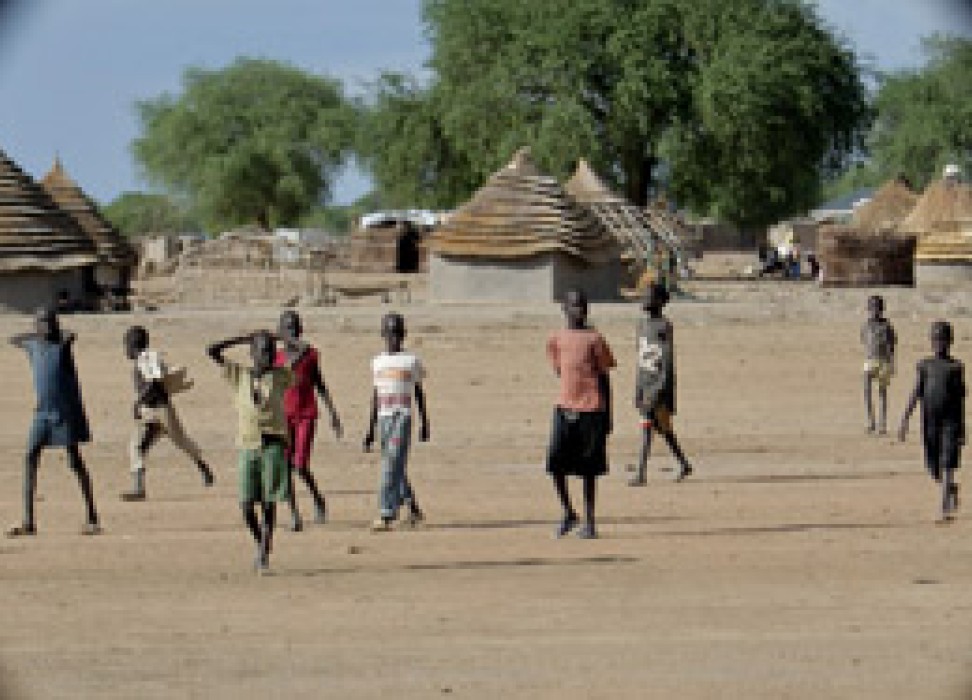
When he was 11 years old, Messeh Kamara was separated from his parents. He spent months hiding in the bush and moving from village to village to escape the rebels during the 10-year conflict that ravaged Sierra Leone and which ended in 2002.
The separation from his family and the many atrocities he witnessed during the war marked a turning point in his life. Today, at 23 years old, he is studying to become an international lawyer specialising in human rights.
“During the war, children had no rights. They could not go to school, they had no access to doctors, they were victims of abuses and violations, they had no access to justice,” he said.
“Justice can help children bring their rights back. Access to justice gives them security and a sense of hope,” he said.
Children’s access to justice in conflict and post conflict situations is the focus of a UN publication, titled “Children and Justice During and in the Aftermath of Armed Conflict” (PDF) - launched in September 2011 during the session of the UN Human Rights Council.
Produced by the office of the UN Special Special Representative of the Secretary-General for Children and Armed Conflict, Radhika Coomaraswamy, the working paper examines how children who have suffered grave violations during armed conflict can access justice and how the current system deals with child victims and witnesses. It also explores the responsibility of children who were associated with armed forces and have committed violations during armed conflicts.
It “aims at guiding and supporting advocacy efforts to ensure that the rights and best interest of the children are protected while ensuring that justice is done,” Coomaraswamy said.
According to the report, children want perpetrators who committed serious offences during armed conflict to be held accountable. Many children expressed the view that perpetrators should not go unpunished, particularly when they continued to live in the same community.
The publication also states that it is sometimes difficult to determine whether a child is a victim or a perpetrator of crimes, and there is often a thin line between them. It therefore addresses a much debated dilemma: where should children be placed in the spectrum between total impunity at one end and total responsibility at the other?
Speaking to the UN Human Rights Council, Coomaraswamy said that given the forced nature of their association with armed groups, and considering their age ”children should be treated primarily as victims, not as perpetrators.”
The report does not argue that children should never be held accountable for their actions, but that appropriate forms of accountability should be found. If possible, children should be diverted away from the judicial system to more appropriate non-judicial initiatives. If the children do face accountability in the judicial system, the juvenile justice system should adhere to the principle of the best interest of the child.
Children must be made to face the consequences of their actions and victims of their violence must feel that justice has been done,” Coomaraswamy said.
She added that alternative measures, such as truth-telling and traditional healing ceremonies can be helpful in promoting the reintegration of the child in the community. This form of justice is very often the only way of bringing reconciliation to victims and perpetrators alike in a war-torn society where victims of offences suffer, as do child perpetrators, having been forced to commit offences.
No child under 18 should be allowed to participate in armed hostilities, according to the Optional Protocol to the Convention on the Rights of the Child on the involvement of children in armed conflict. So far, 143 States have ratified the Optional Protocol.
7 October 2011
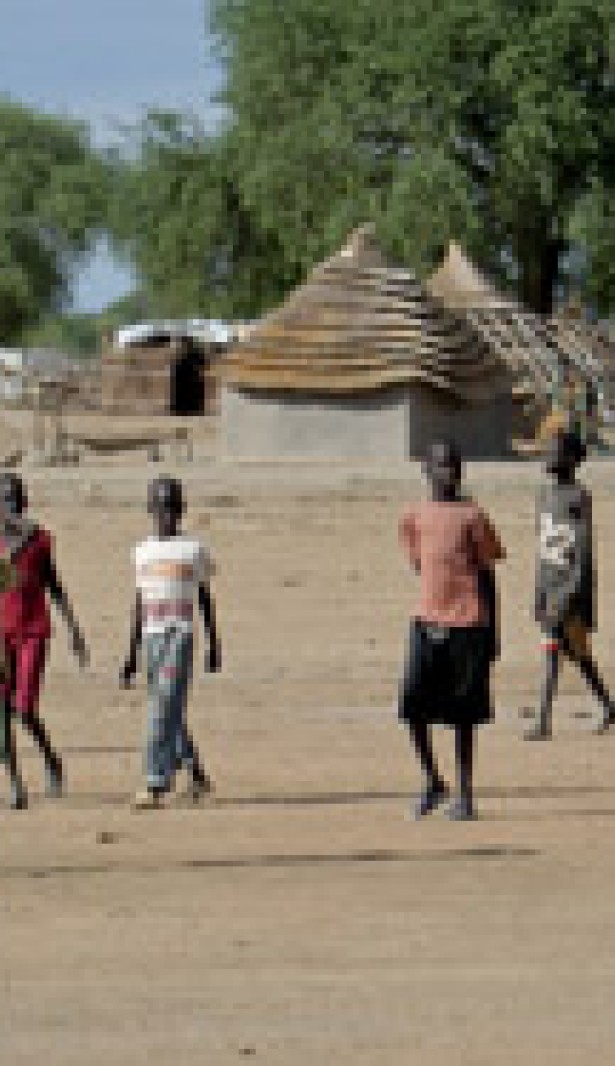
VIEW THIS PAGE IN:
